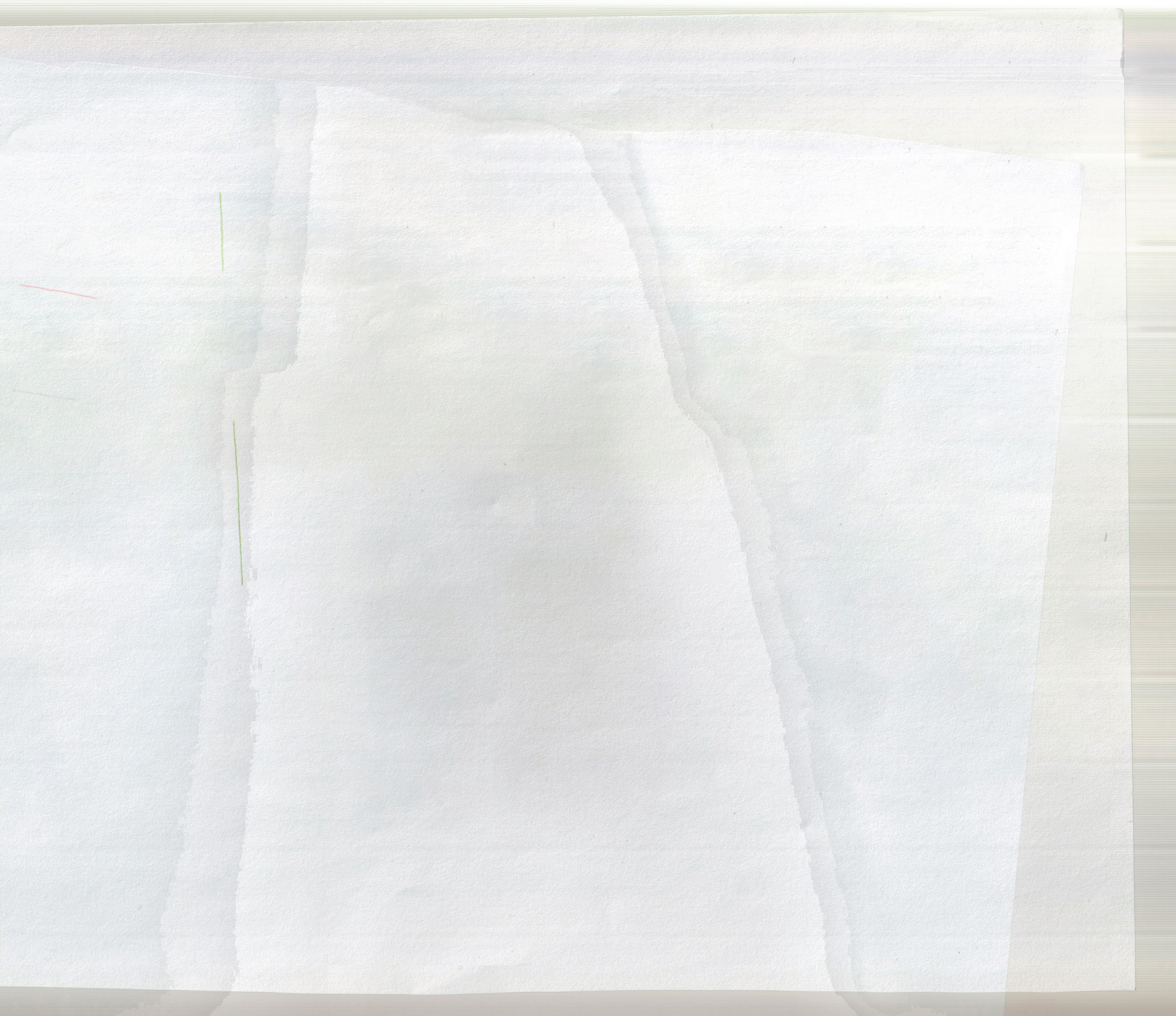We would like to thank the Society for Artistic Research for the opportunity to present this project. We gratefully acknowledge the support of the Social Sciences and Humanities Research Council, Government of Canada, as well as the entire Thinking Through Craft and the Digital Turn team, research assistants, and research staff at the Alberta University of the Arts (AUArts), Emily Carr University of Art + Design, NSCAD University, OCAD University, and Sheridan College.
Credits
Text: Tricia Crivellaro, Lynne Heller, Dorie Millerson, and Kathleen Morris
Ironing Stories: Tricia Crivellaro, Lynne Heller, Shiemara Hogarth, Dorie Millerson, Pablo Montenegro, and Kathleen Morris
Text Edit: Ivana Dizdar
For more information, visit https://craftandthedigitalturn.com/index.php/creation
Go back to where it all started...
References
Boling, Elizabeth. Studio Teaching in Higher Education: Selected Design Cases. Routledge, 2017. Open WorldCat, https://ezproxy.saskpolytech.ca/login?url=http://search.ebscohost.com/login.aspx?direct=true&db=nlebk&site=ehost-live&scope=site&AN=1249123.
Chan, Arlene. The Chinese in Toronto from 1878: From Outside to Inside the Circle. Natural Heritage, 2011.
Christine Linke, et al. “Gender Representations on YouTube: The Exclusion of Female Diversity.” M/C Journal, vol. 23, no. 6, 2020, n. n. pag. Web, https://doi.org/10.5204/mcj.2728.
Deleuze, Gilles. Le pli: Leibniz et le baroque / Gilles Deleuze. Éditions de Minuit, 1988.
Evans, Claire L. Broad Band The Untold Story of the Women Who Made the Internet. Penguin Random House, 2018.
Franklin, Ursula M. The Real World of Technology. House of Anansi Press ; Distributed in the United States by Publishers Group West, 2004.Grosz, Elizabeth, Grewal, Inderpal, Kaplan, Caren, Wiegman, Robyn. Time Travels: Feminism, Nature, Power. 2005. Open WorldCat, https://doi.org/10.1515/9780822386551.
Groth, Camilla. Making Sense Through Hands: Design and Craft Practice Analysed as Embodied Cognition. Aalto University, 2017. www.academia.edu, https://www.academia.edu/31502564/Doctoral_dissertation_Groth_pdf.
Harrod, Tanya. “Otherwise Unobtainable: The Applied Arts and the Politics and Poetics of Digital Technology.” Neocraft: Modernity and the Crafts, edited by Sandra Alfoldy, Press of the Nova Scotia College of Art & Design, 2007, pp. 225–39.
Jennings, Ken. “Meet Canada’s Mount Thor: The World’s Steepest, Tallest Cliff.” Condé Nast Traveler, 10 June 2013, https://www.cntraveler.com/stories/2013-06-10/mount-thor-canada-maphead-ken-jennings.
Koskinen, Anniina, et al. “Interaction and Embodiment in Craft Teaching.” Techne Series-Research in Sloyd Education and Craft Science A, vol. 22, no. 1, 2015. Google Scholar, https://journals.hioa.no/index.php/techneA/article/view/1253.
Larned, Emily. ILSSA: Impractical Labor in Service of the Speculative Arts. https://impractical-labor.org/. Accessed 20 Nov. 2022.
LeBel, Sabine. “Wasting the Future: The Technological Sublime, Communications Technologies, and E-Waste.” Communication +1, vol. 1, no. 1, 2012.
Leblanc, Dave. “Little Cottages Tell the History of Toronto’s Working Class.” The Globe and Mail, 7 Sept. 2021. www.theglobeandmail.com, https://www.theglobeandmail.com/real-estate/toronto/article-little-cottages-tell-the-history-of-torontos-working-class/.
Lee, Wai-Ma. “Dance No More: Chinese Hand Laundries in Toronto.” Polyphony Summer, Multicultural History Society of Ontario, 1984, pp. 32–34.
Marshall, Justin. “Craft-Oriented Hybrid Analogue/Digital Practices; Their Values and Our Future Relations with Technology.” Proceeding of “futuring Craft” 2021, edited by Saad Qassim, Indian Ocean Craft Triennial, 2021, pp. 328–44.
Metcalf, Bruce. “Replacing the Myth of Modernism.” American Craft, vol. 1, no. 53 Feb/Mar, 1993.
Nitsche, Michael, et al. Teaching Digital Craft. ACM Press, 2014, pp. 719–30. CrossRef, https://doi.org/10.1145/2559206.2578872.
Reif, Anne, et al. “Why Are Scientific Experts Perceived as Trustworthy? Emotional Assessment within TV and YouTube Videos.” Media and Communication, vol. 8, no. 1, 2020, pp. 191–205, https://doi.org/10.17645/mac.v8i1.2536.
Russell, Legacy. Glitch Feminism: A Manifesto. Verso, 2020.
Shreeve, Alison, et al. “‘A Kind of Exchange’: Learning from Art and Design Teaching.” Higher Education Research & Development, vol. 29, no. 2, Apr. 2010, pp. 125–38. Taylor and Francis+NEJM, https://doi.org/10.1080/07294360903384269.
Springgay, Stephanie, et al. “A/r/Tography as Living Inquiry Through Art and Text.” Qualitative Inquiry, vol. 11, no. 6, Dec. 2005, pp. 897–912. Highwire 2.0, https://doi.org/10.1177/1077800405280696.
Sullivan, Graeme. Art Practice as Research: Inquiry in the Visual Arts. Sage, 2005.
“There Are Known Knowns.” Wikipedia, 6 Nov. 2022. Wikipedia, https://en.wikipedia.org/w/index.php?title=There_are_known_knowns&oldid=1120265080.
Utz, Sonja, and Lara N. Wolfers. “How-to Videos on YouTube: The Role of the Instructor.” Information, Communication, and Society, vol. 25, no. 7, Aug. 2020, pp. 959–74, https://doi.org/10.1080/1369118X.2020.1804984.
Wettre, Åsa. Old Swedish Quilts. Interweave Press, 1995.
Zhang, Shellie. Yuling Chen: 43.654°N 79.385°W. Xpace Cultural Centre, 2018, https://www.xpace.info/wp-content/uploads/2018/03/External-Space_Yuling-Chen-1.pdf.

